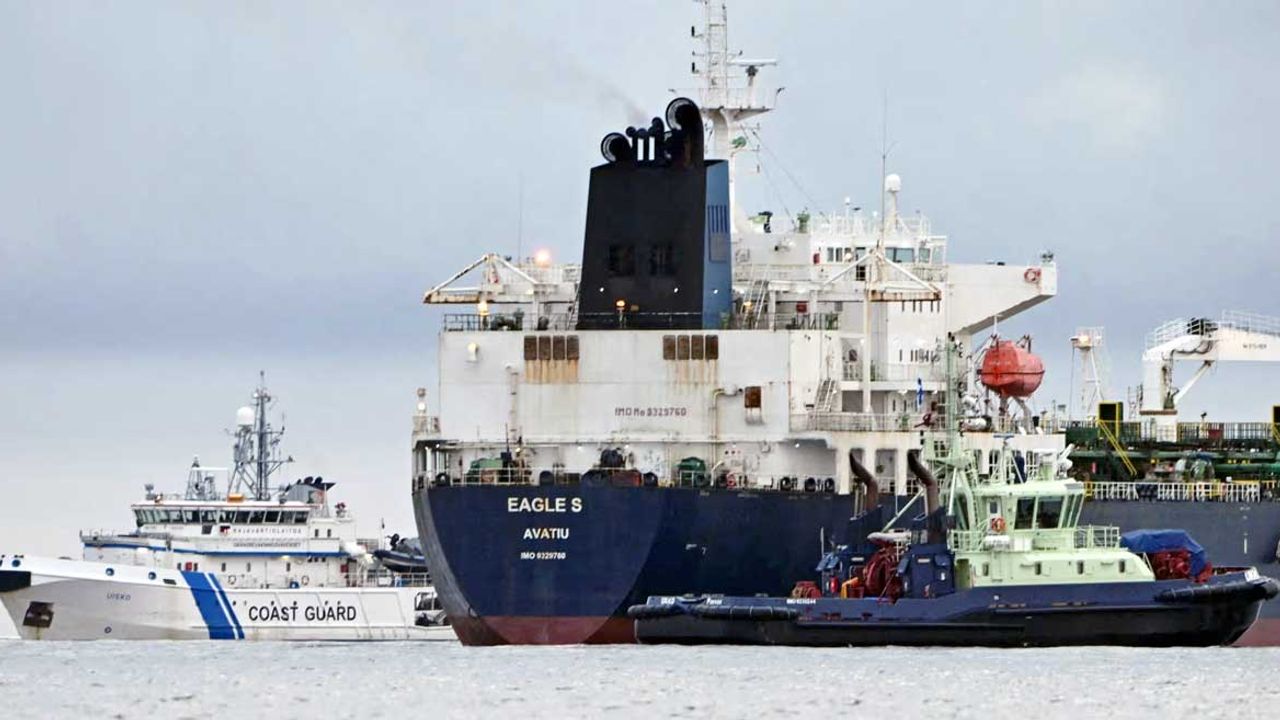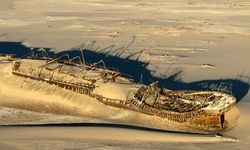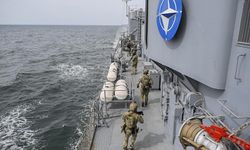In a rare and deliberate move, a Royal Navy Astute-class attack submarine surfaced near the Russian vessel Yantar south of Cornwall in November. Defence Secretary John Healey disclosed the incident to Parliament, describing it as a deterrent against Russian activities targeting undersea communication and utility cables connecting the UK to the global network.
The surveillance of undersea infrastructure is not new. During World War I, Britain severed German communication cables, forcing Berlin to reroute messages through interceptable lines. In modern times, similar concerns have persisted, with the Yantar being tracked by HMS Diamond in the English Channel as recently as 2018.
Tensions Escalate in the Baltic Sea
Amid heightened geopolitical tensions with Russia and China, recent incidents in the Baltic Sea have raised alarm. In December, the Eagle S, a tanker registered in the Pacific Cook Islands, dragged its anchor for 60 miles, damaging power and data cables between Finland and Estonia. While Finland seized the vessel, the cause of the incident—deliberate or accidental—remains unclear.
In another case, two internet cables connecting Sweden, Lithuania, Finland, and Germany were damaged at a small intersection point in November. Suspicion fell on the Chinese vessel Yi Peng 3, which had sailed from Russia’s Ust-Luga port. Although Chinese authorities are investigating, Sweden criticized restrictions that prevented its prosecutors from boarding the ship while it remained in the Baltic.
In response to these threats, the UK and Nordic states launched Operation Nordic Warden in January. The operation aims to monitor suspicious ships across 22 maritime zones, including the Channel, the Kattegat Strait, and the North and Baltic Seas. Using artificial intelligence, participating countries coordinate responses to potential risks.
Russia’s Persistent Maritime Activities
Despite Western measures, Russian vessels, including the Yantar, continue to operate in contested waters. Earlier this week, the Yantar passed through the Channel without loitering in British waters, but its presence served as a reminder of ongoing tensions.
The surfacing of the Royal Navy submarine is part of broader efforts to assert military presence, echoing similar actions by the U.S. last summer. However, as Russia seeks to impose costs on Western nations supporting Ukraine, the risk of further disruptions to undersea infrastructure remains high.
With cables and pipelines proving easy targets, the next test may come from further incidents in the Baltic or elsewhere. While direct conflict remains unlikely, the lines between peace and confrontation are increasingly blurred, leaving undersea infrastructure vulnerable to sabotage.







